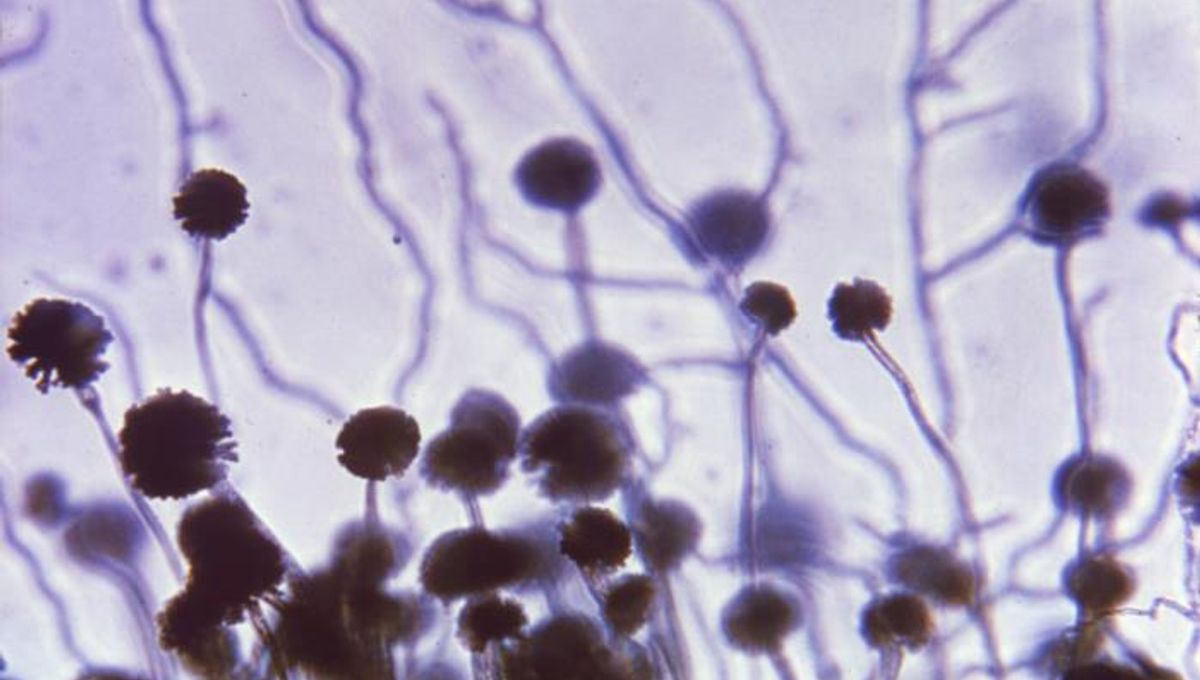
Fuelled by climate change and the COVID-19 pandemic, the threat of pathogenic fungi is on the rise. Despite the growing risk, the world spends a minuscule amount of money on fungal disease research funding compared to bacterial, parasitic, or viral diseases. The World Health Organization (WHO) says that needs to change, publishing its first-ever list of fungal “priority pathogens” that represent the greatest threat to public health.
Among the 19 fungal threats listed in the report, the WHO highlights four “critical priority pathogens” that are of particular concern because of their potential impact on public health and/or the risk of antifungal resistance. This include:
- Aspergillus fumigatus, which can spread via airborne spores and primarily affects the lungs. Not only can infections be fatal, killing between 47 percent and 88 percent of affected patients, but it is also becoming increasingly resistant to certain groups of antifungal medicine.
- Candida albicans is naturally found in the gut and mouth of most people. However, it has the potential to cause invasive infections, especially in patients with weak immune systems.
- Cryptococcus neoformans is found throughout the natural world, especially in bird poop. It can cross the blood-brain barrier and can infect the central nervous system. Once again, it is most dangerous for immunocompromised people, such as those with HIV.
- Candida Auris is a newly emerged pathogen that’s resistant to most antifungal medications. There were numerous reports of people with severe cases of COVID-19 becoming infected with this fungal infection while in hospitals.
“Fungi are the ‘forgotten’ infectious disease. They cause devastating illnesses but have been neglected so long that we barely understand the size of the problem,” said Dr Justin Beardsley from the University of Sydney Infectious Diseases Institute who led the WHO Fungal Priority Pathogens List’s study group, in a statement.
“Emerging from the shadows of the bacterial antimicrobial resistance pandemic, invasive fungal diseases are growing ever more resistant to treatments, becoming an ever more pressing public health concern worldwide,” added Dr Hanan Balkhy, Assistant Director of Antimicrobial Resistance at the WHO.
Worldwide, fungal infections kill a whopping 1.7 million people each year – that’s more than malaria or tuberculous. That’s a number that’s on the rise too. The COVID-19 pandemic saw drug-resistant “superfungi” like C. Auris spring up and spread in hospital wards across the planet. Furthermore, warming global temperatures from climate change are allowing species of fungi to expand their range and infect more people.
“From COVID-19 to climate change, global crises are turning fungi against humans,” noted Dr Haileyesus Getahun, WHO Director, Antimicrobial Resistance (AMR) Global Coordination.
As it stands, fungi receive less than 1.5 percent of all infectious disease research funding. According to the WHO report, that’s not nearly enough and the world needs to urgently invest in research before it’s too late.
Source Link: First-Ever WHO Report Lists Which Fungi Are Biggest Threat To Public Health